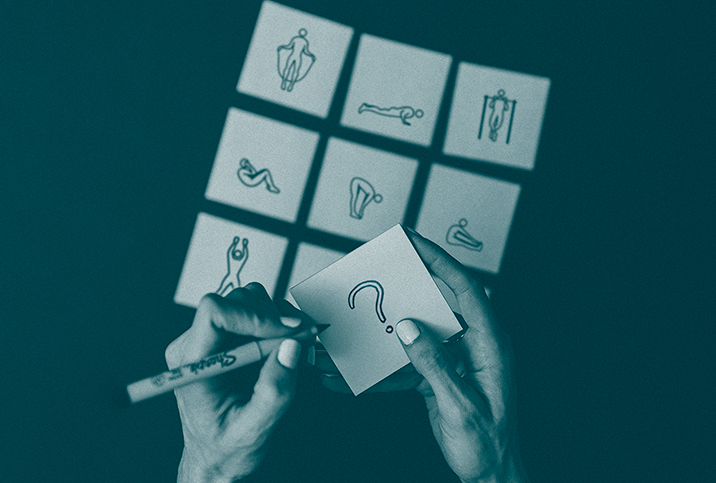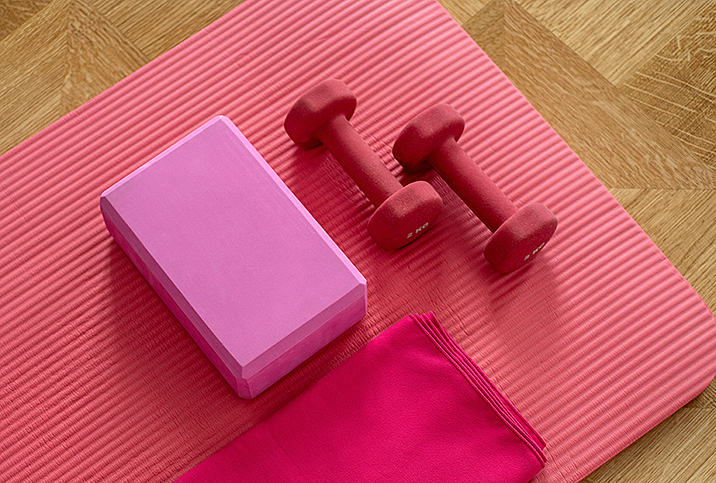Your Brain on Exercise: How Short Bursts Can Break Down Mental Blocks

It should come as no surprise that most of us are more sedentary than we should be. Between commuting in cars, sitting while we work and spending our leisure time glued to cell phones, tablets, computers and TV, it's easy to forget about staying active.
You might assume you can balance the books with regular workouts. However, a challenging workout isn't always enough to ward off the dangers of prolonged sitting. Research points to a suspicion that sweating it out at the gym isn't as crucial as sitting less.
How movement enhances brain activity
Standing and walking throughout the day raises our energy levels, improves mood and enhances productivity. That's because as we move our bodies, our heart works harder to pump blood, delivering oxygen and nutrients to our organs—including the brain. Oxygen is the brain's quick fix for clear thinking and problem solving.
Physical activity targets areas of the brain affected by depression, stress and anxiety. Finding an outlet for nervous energy changes how your brain operates and minimizes the common causes of a low attention span and motivation levels. Even small changes, like standing up every 30 minutes or taking the stairs instead of the elevator, can help stabilize our blood sugar and blood pressure for a more calm and efficient mental state.
Tips to optimize your workspace (and play space)
In modern offices, standing desks are becoming more commonplace, but even if you don't work in a typical office environment, it's possible to modify the world around you to better your health and productivity. For many people, sedentary behavior isn't a conscious decision. It's merely a default response to the environments where we spend our time. Setting your intention to move more takes a bit of extra thought and creativity. Here are three simple ways to get started:
- Find a shelf, bureau or countertop where you can perch your laptop and stand while you type. The next time you're playing a computer game, using social media, sending emails or doing research, bring your laptop or tablet to this area rather than sitting on the couch or at a desk.
- Set a reminder on your phone at the top of every hour to stand. Stretch, walk up and down the stairs or take the garbage out. These are all excellent excuses to get on your feet and wake up your brain.
- If you live close to stores, the bank or other places for errands, leave your car keys at home. Make a mindful choice to walk to these locations whenever you're able. For those in rural areas or with an uncooperative climate, the right piece of exercise equipment can help. Put a treadmill where you watch TV or get a low-cost bike desk, jump rope or trampoline. The key to getting a return on your investment is putting exercise equipment in high-traffic areas rather than letting it collect stray laundry in the basement.
Of course, moving more doesn't have to cost money. After adjusting your mindset to look past your chair, finding active ways to navigate your day will come naturally.


















